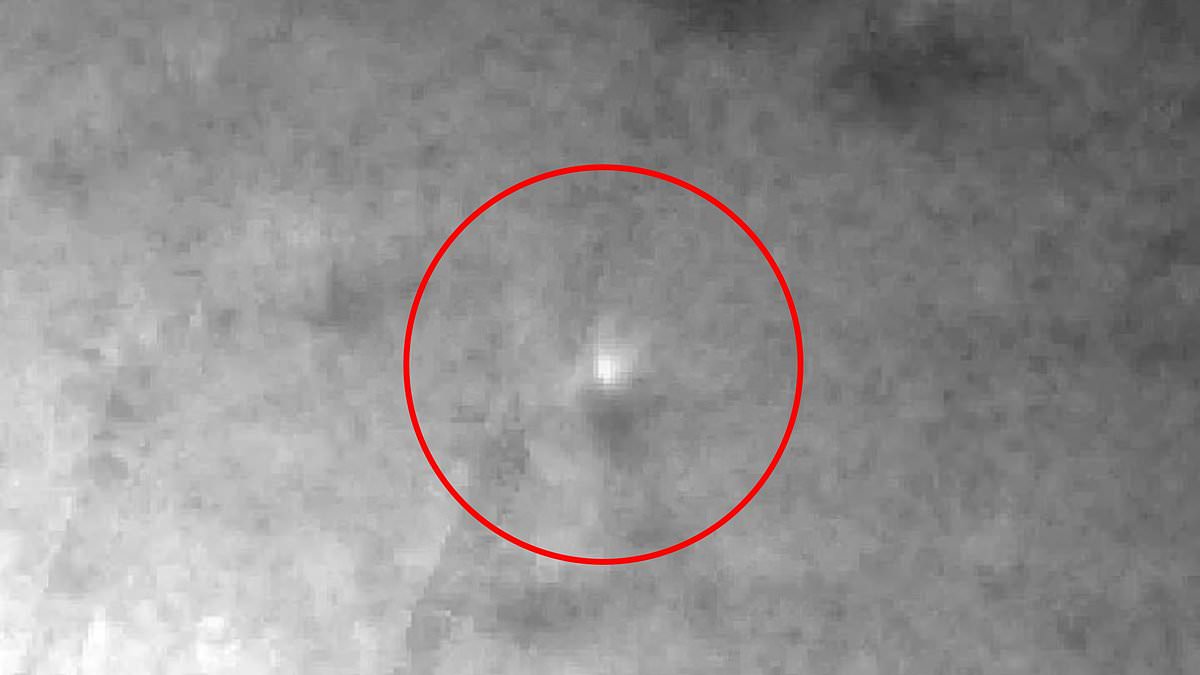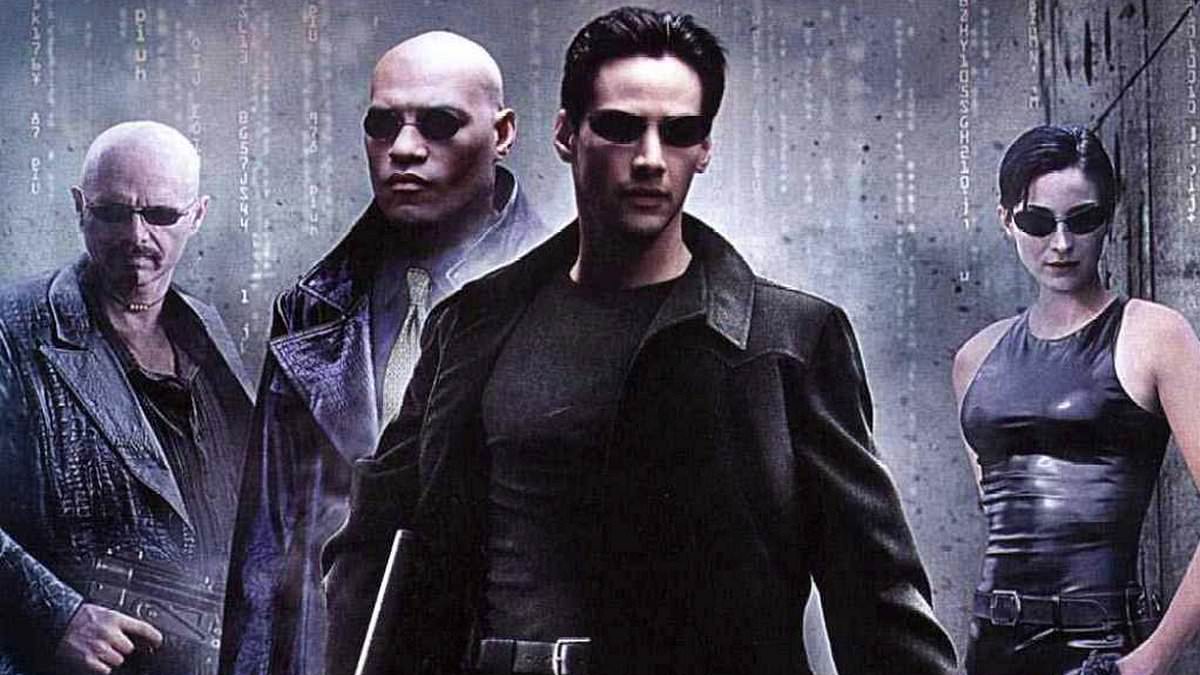PROTECT YOUR DNA WITH QUANTUM TECHNOLOGY
Orgo-Life the new way to the future Advertising by AdpathwayIn a groundbreaking revelation, an international team of researchers has delivered a mathematical proof that effectively dispels the long-standing notion that our universe is merely a sophisticated simulation. This idea, popularized by figures such as Elon Musk and the cult classic science fiction film “The Matrix,” has been a topic of fascination and debate for years.
The new research, however, suggests that the concept of a simulated universe is not just far-fetched but mathematically untenable. The researchers argue that the inherent properties of our reality are fundamentally incompatible with the limitations of computational processes.
Central to their conclusion is the peculiar nature of quantum physics. The intricacies and unpredictabilities found within quantum mechanics suggest that no supercomputer, no matter its capabilities, can replicate what the research team describes as ‘non-algorithmic understanding.’ This understanding transcends the boundaries of pure computation, pointing to a reality that cannot be distilled into a digital code.
Dr. Francesco Marino, a co-author of the study from the Italian National Institute of Optics, elaborated on these findings in an interview, stating, “We have demonstrated that a completely algorithmic representation of the Universe is not feasible.” This assertion challenges the core of simulation theory, offering a compelling argument against the idea that our existence is a digital construct.
Thanks to the strangeness of quantum physics, no computer, however powerful, would ever be able to generate what the researchers call ‘non-algorithmic understanding’.
Co-author Dr Francesco Marino, of the Italian National Institute of Optics, told Daily Mail: ‘We have shown that a fully algorithmic description of the Universe is impossible.
‘Any simulation, by definition, runs on a set of programmed rules or algorithms that determine how things behave step by step.
‘A simulated world could only mimic the algorithmic parts of reality, but would always fail to include those deeper, non-algorithmic truths.’
In bad news for fans of The Matrix (pictured), a mathematical proof has finally debunked the theory that we might be living in a computer simulation
Although the notion that we live in a computer simulation might seem far-fetched, there is a surprisingly strong argument that it is the most likely scenario.
Co-author Dr Mir Faizal, of the University of British Columbia, says: ‘If such a simulation were possible, the simulated universe could itself give rise to life, which in turn might create its own simulation.’
‘This recursive possibility makes it seem highly unlikely that our universe is the original one, rather than a simulation nested within another simulation.’
However, in their study, published in the Journal of Holography Applications in Physics, Dr Faizal and his co-authors prove that this argument doesn’t work.
Physics’ newest and most cutting-edge theory turns almost everything we know about the structure of existence on its head.
According to the theory of ‘quantum gravity’, everything from particles to fields to spacetime itself emerges from a deeper level of reality.
This so-called ‘Platonic realm’ is made of nothing but pure information and forms the mathematical foundation for the universe we experience.
What the researchers show is that this world of pure information cannot describe the reality we experience with pure computation.
The simulation theory has been championed by the likes of Elon Musk. However, scientists say that the fundamental structure of reality is not describable in purely computational terms
Some physicists think it is more likely that we are in a simulation because, if life emerged in a simulation of the universe, that life could create its own simulations. This means it is more likely that we are in one of the infinite simulated worlds than the one real one
The researchers use several mathematical theorems to show that you can’t just use computation to get a complete and consistent description of the world.
To put that simply, even if you knew everything there was to know about this world of pure information, there would still be things about the universe you couldn’t work out.
This might seem very strange, but it is actually something that mathematicians have suggested for a very long time.
All the way back in the 1930s, a mathematician named Kurt Gödel proved that there were statements about numbers that we knew were true but could never prove.
It isn’t that we haven’t found these proofs yet or that we just haven’t been trying hard enough; rather, it is mathematically impossible to prove some true facts about the world.
The researchers say the fact that there are these ‘Gödelian truths’ is proof that a full description of the universe requires something called ‘non-algorithmic understanding’.
Dr Marino gives the example of the sentence: ‘This true statement is not provable.’
He says: ‘If it were provable, it would be false, making logic inconsistent. If it’s not provable, then it’s true, but that makes any system trying to prove it incomplete. Either way, pure computation fails.’
While some scientists say physics is evidence we are in a simulation, this new paper argues that a computer couldn’t work out all the facts about the universe, even if it had all the possible information
This is mathematical proof that there are aspects of the universe that can never be created in a computer simulation.
Even the Platonic realm of pure information escapes the grasp of pure computation because of this mathematical ‘undecidability’ problem.
Dr Faizal says: ‘Drawing on mathematical theorems related to incompleteness and indefinability, we demonstrate that a fully consistent and complete description of reality cannot be achieved through computation alone.
‘It requires non-algorithmic understanding, which by definition is beyond algorithmic computation and therefore cannot be simulated. Hence, this universe cannot be a simulation.’
Perhaps more profoundly, this also shows that it is impossible to find a mathematical ‘theory of everything’ that will describe everything in the universe.
Scientists have long hoped that, eventually, their theory about the structure of reality would allow them to calculate anything about the Universe provided they had enough information.
‘Yet we have demonstrated that this is not possible,’ says co-author Dr Lawrence Krauss, of the Origin Project Foundation.
‘A complete and consistent description of reality requires something deeper – a form of understanding known as non-algorithmic understanding.’
WHAT IS THE HOLOGRAPHIC PRINCIPLE?
Some physicists have shown that 3D objects in our universe can be explained by looking at them as 2D elements.
This theory, known as the ‘holographic principle’, could help solve several holes in the laws of physics.
It essentially describes some objects in our universe as ‘holograms’ – a two-dimensional surface that appears to have a third dimension when viewed, giving the illusion of having depth when it is in fact flat.
The holographic principle has already been used to debunk a theoretical paradox proposed by Professor Stephen Hawking in the mid-1970s.
The holographic principle describes that some objects in the universe – including black holes – can be described as ‘holograms’ – a two-dimensional surface that appears to have a third dimension when viewed, giving the illusion of depth
Black holes appear to destroy information they consume, but quantum theory shows this is impossible. Hawking called this the ‘information paradox’.
His theory was backed by the fact that a black hole’s volume does not increase proportionately when it consumes matter, meaning some must be destroyed.
The holographic principle solves the conundrum by suggesting that information a black hole consumes is not destroyed.
Instead, it is encoded into the black hole’s two-dimensional plane – its surface area – which has been shown to expand when a black hole consumes matter.
























 English (US) ·
English (US) ·  French (CA) ·
French (CA) ·  French (FR) ·
French (FR) ·